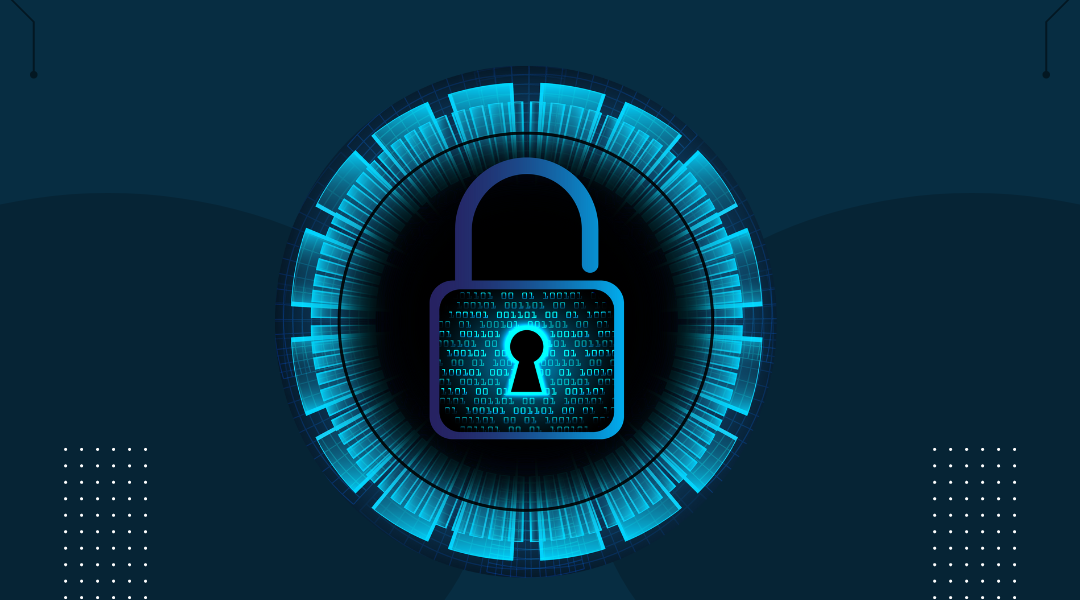
Preventing Domain Name Hijacking
Domain name hijacking poses a significant threat to your online presence. This malicious act involves unauthorized access and control of your domain name, leading to potential business disruptions and damage to your reputation. By understanding the nature of this threat and taking proactive measures, you can effectively protect your domain. In this article, we will delve into what domain name hijacking is, how it occurs, and the best practices to safeguard your domain.
What is Domain Name Hijacking?
Domain name hijacking happens when an attacker takes control of your domain name without your permission. The hijacker can change the domain’s registration details, blocking your access and potentially redirecting web traffic to malicious sites. This unauthorized control allows the attacker to engage in activities like stealing sensitive information, disrupting business operations, and damaging your brand.
How Does Domain Name Hijacking Happen?
Attackers use various methods to hijack domain names:
1. Phishing Attacks: Attackers send deceptive emails or create fake websites to trick you into revealing your login credentials.
2. Social Engineering: Hackers manipulate you or your employees through psychological tactics to divulge confidential information.
3. Exploiting Weak Passwords: Attackers use brute force or other techniques to guess or crack simple, weak passwords.
4. Vulnerable Registrar Accounts: Hackers exploit security flaws in your domain registrar’s system to gain unauthorized access.
5. Domain Expiry: Attackers monitor domains for expiration and quickly register them when owners fail to renew on time.
Consequences of Domain Name Hijacking
The consequences of domain name hijacking can be severe and far-reaching:
– Loss of Website Traffic: Your visitors may be redirected to malicious sites, causing confusion and potential harm.
– Reputation Damage: Trust in your brand can erode if customers encounter phishing sites or unauthorized content.
– Financial Loss: You may face lost revenue and incur significant costs associated with reclaiming your domain.
– Data Breach: Sensitive customer information may be exposed, leading to potential legal and financial repercussions.
Effective Strategies for Securing Your Domain
To protect your domain from hijacking, follow these essential strategies:
1. Choose a Reputable Registrar: Select a domain registrar known for its robust security measures and reliable service. Research and choose a registrar with a good track record in preventing domain hijacking.
2. Enable Domain Locking: Activate the domain lock feature, which prevents unauthorized transfers of your domain. This feature ensures that any transfer requests must go through a stringent verification process.
3. Use Strong, Unique Passwords: Create complex, unique passwords for your registrar account and change them regularly. Avoid using easily guessable passwords or the same password for multiple accounts.
4. Enable Two-Factor Authentication (2FA): Add an extra layer of security to your registrar account by enabling two-factor authentication. This requires you to provide a second form of verification, such as a code sent to your mobile device.
5. Monitor Domain Expiry Dates: Set reminders to renew your domain well before it expires. Many registrars offer auto-renewal options, ensuring your domain remains secure even if you forget to renew manually.
6. Keep Contact Information Up to Date: Ensure your registrar has your current contact details. Accurate contact information allows your registrar to notify you of any suspicious activity or necessary updates.
7. Implement DNSSEC: Secure your domain name system with DNS Security Extensions (DNSSEC) to prevent data tampering and ensure the integrity of your domain’s DNS records.
8. Regularly Review Domain Account Activity: Monitor your domain account for any suspicious activity or unauthorized changes. Regularly review your account settings and transaction history.
9. Educate Your Team: Train your employees on the importance of domain security and the dangers of phishing and social engineering attacks. Awareness and vigilance can significantly reduce the risk of human error.
What to Do If Your Domain is Hijacked
If you suspect your domain has been hijacked, take immediate action:
1. Contact Your Registrar: Report the incident to your registrar and request their assistance in reclaiming your domain. Provide them with all necessary information and follow their procedures closely.
2. Gather Evidence: Document any unauthorized changes, communications, and activities related to the hijacking. This evidence will be crucial in resolving the issue and taking legal action if necessary.
3. File a Complaint: Submit a complaint to ICANN (Internet Corporation for Assigned Names and Numbers) if your registrar cannot resolve the issue. ICANN oversees domain name registrations and can intervene in disputes.
4. Seek Legal Assistance: Consult with a lawyer specializing in cyber law to explore your legal options. Legal professionals can provide guidance on reclaiming your domain and pursuing action against the hijacker.
Conclusion
Domain name hijacking is a serious threat that demands proactive measures and vigilance. By understanding the tactics used by hijackers and implementing the best practices outlined in this article, you can significantly reduce the risk of your domain being compromised. Protect your online presence and ensure the security of your digital assets by staying informed and prepared.



